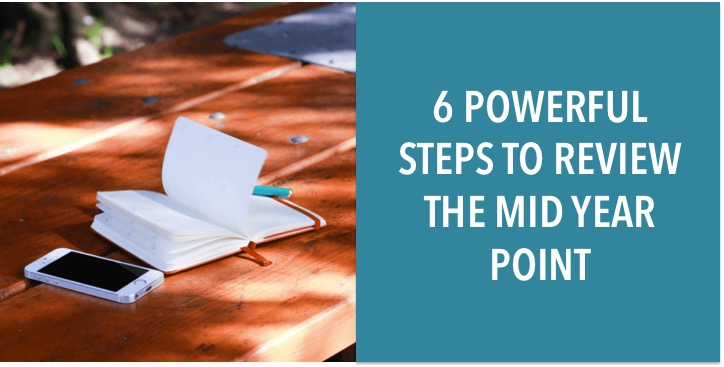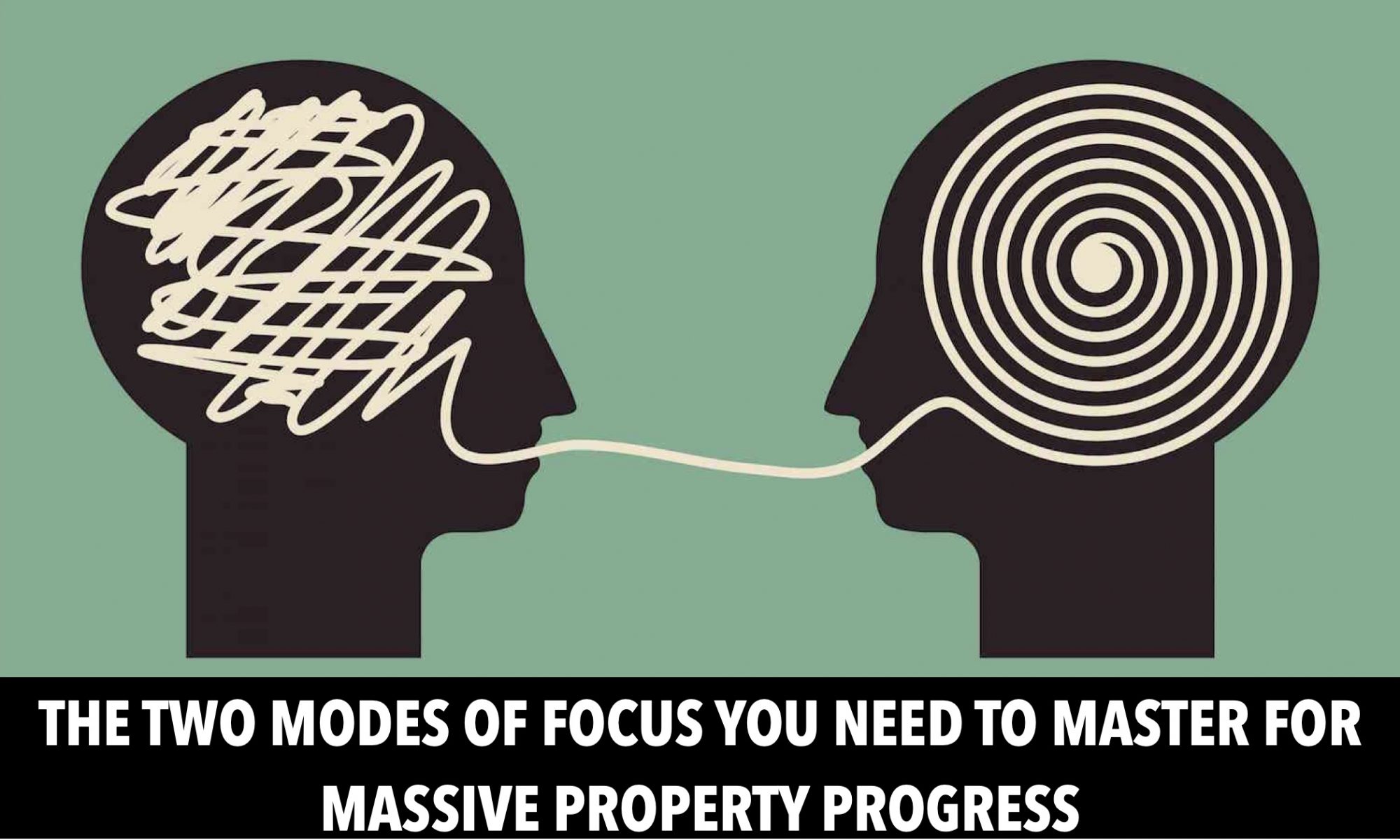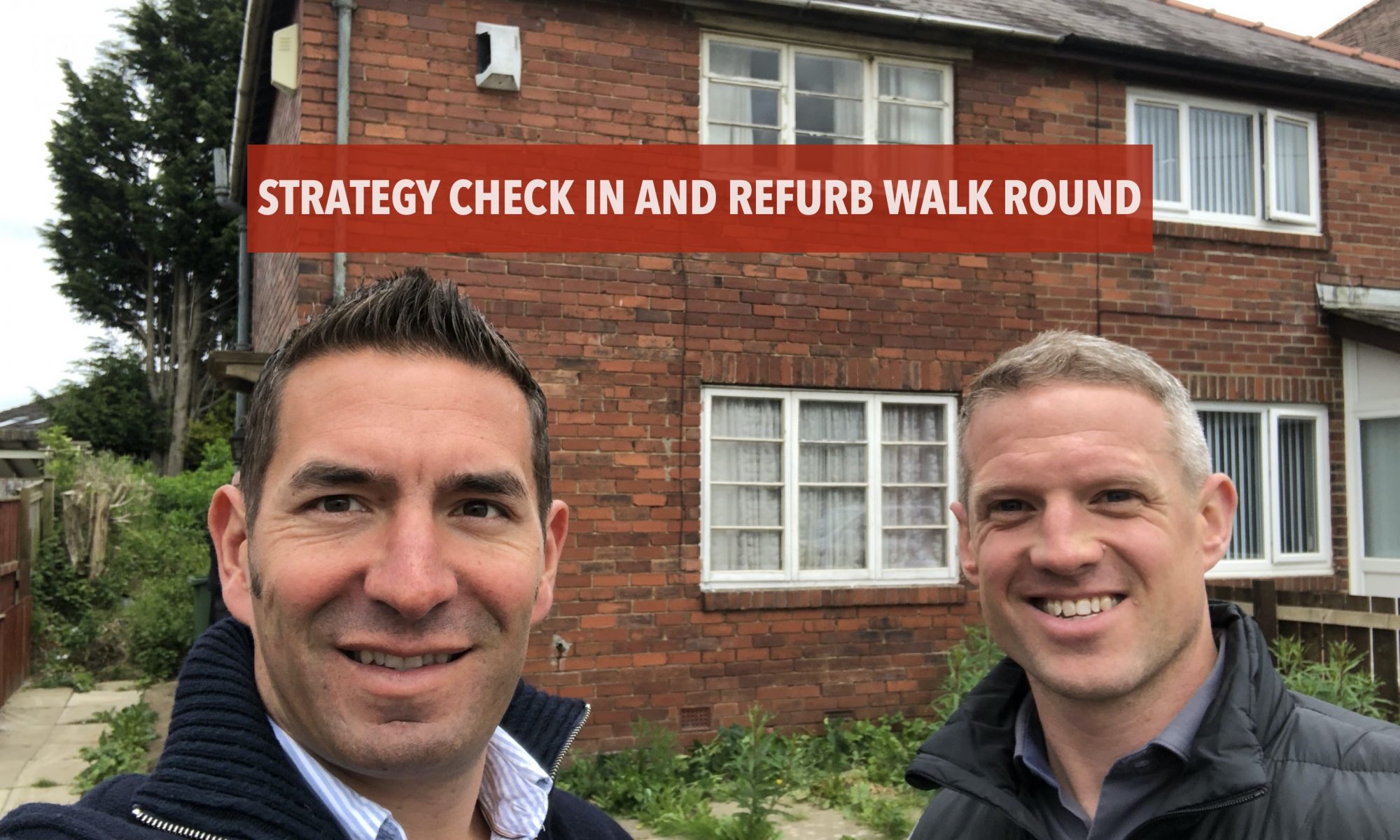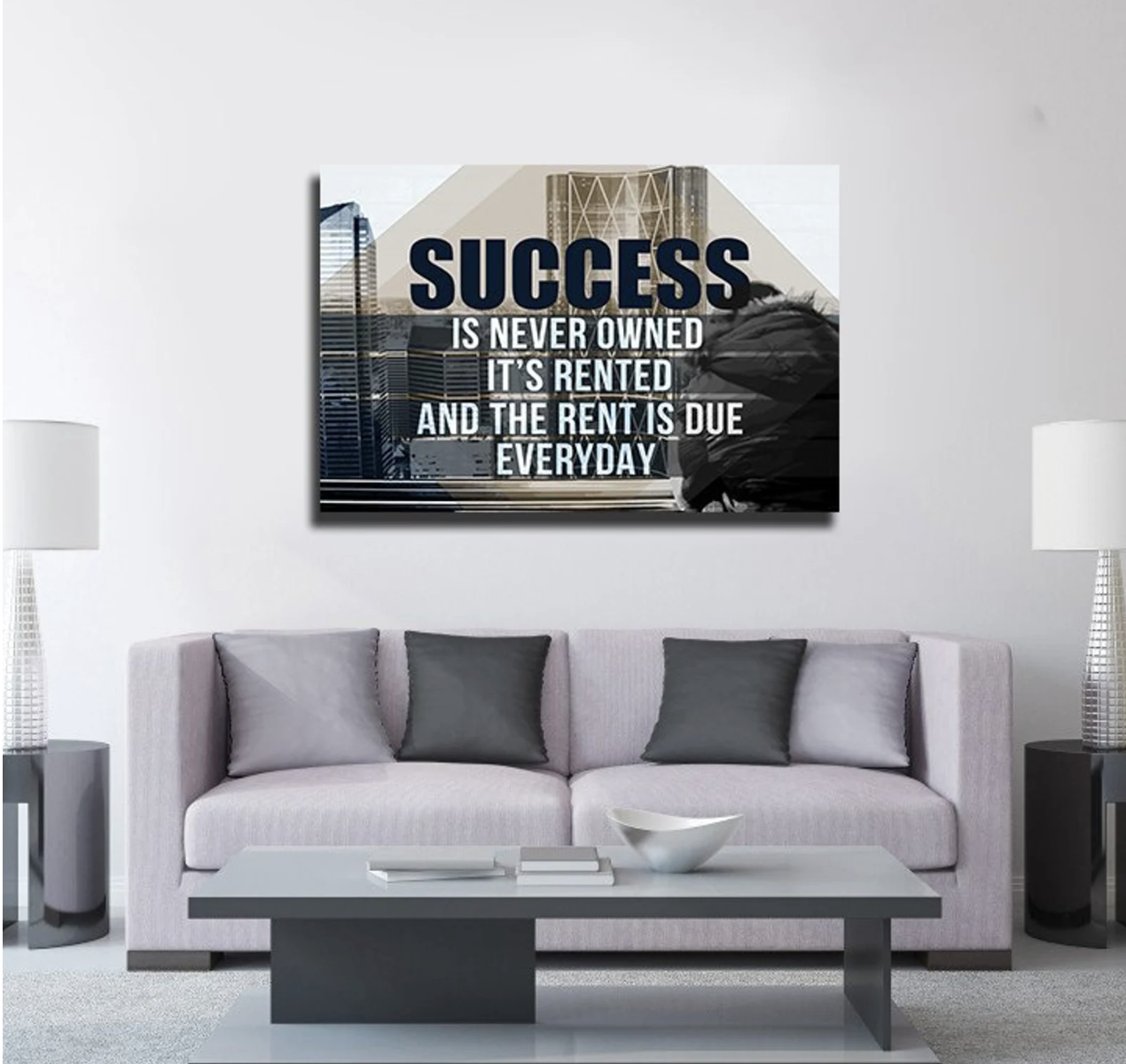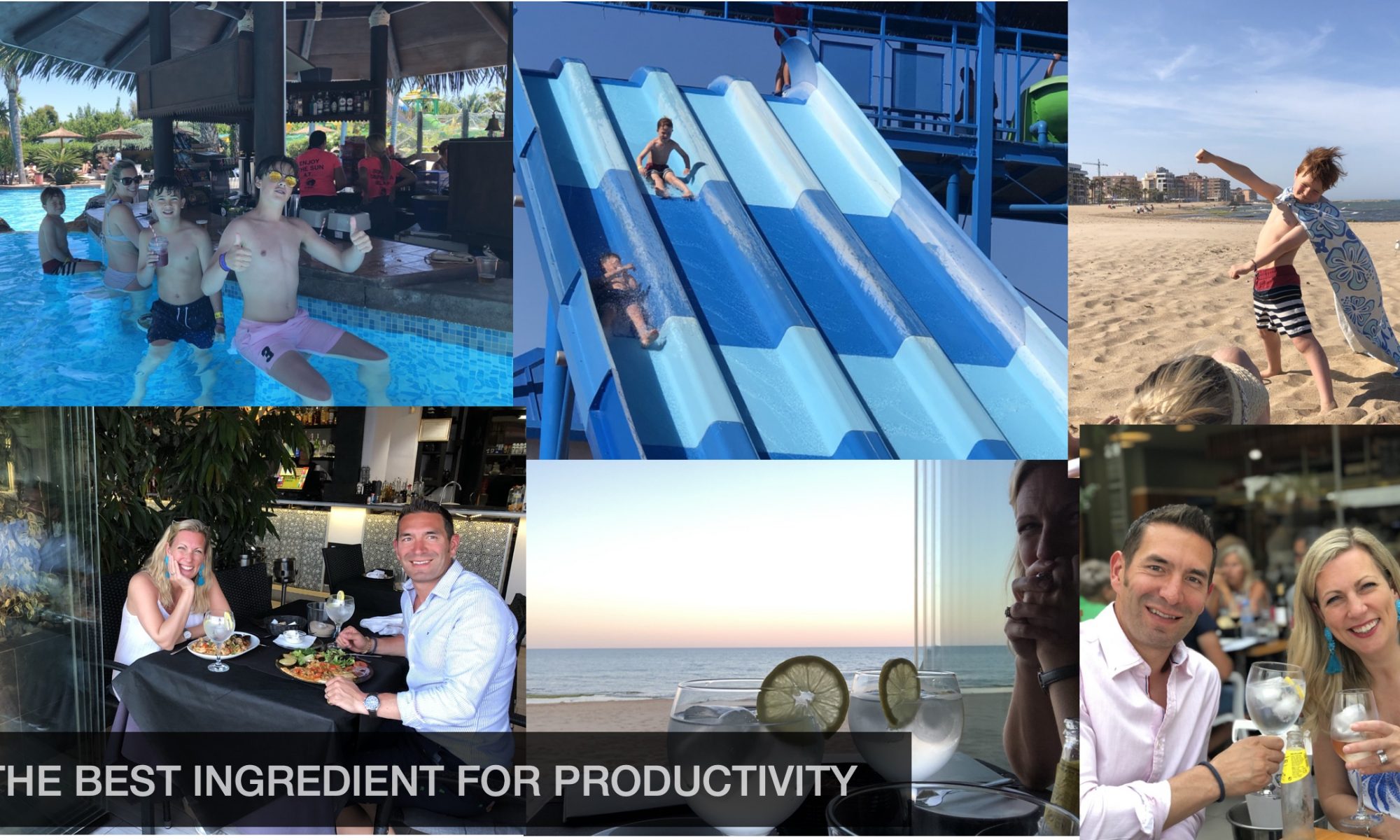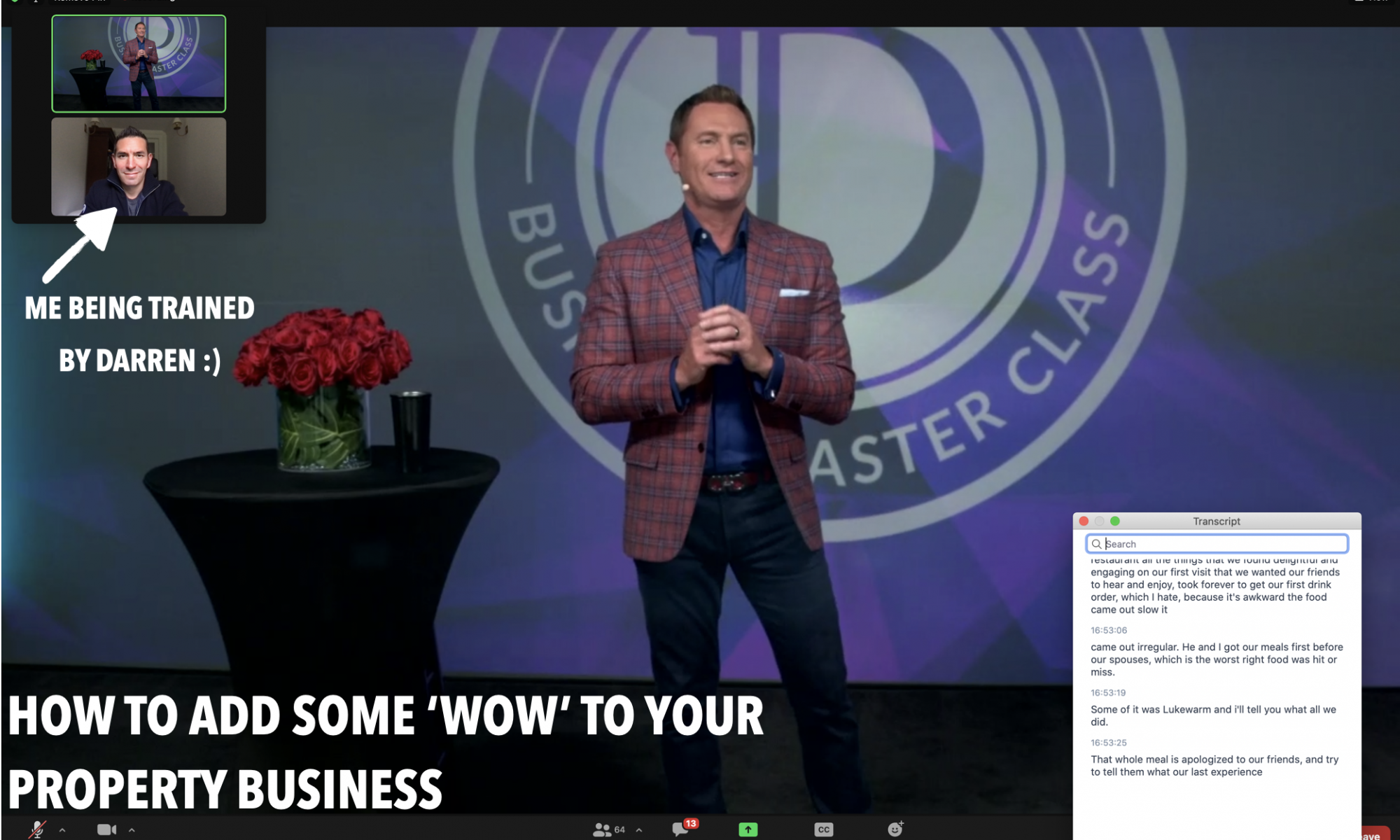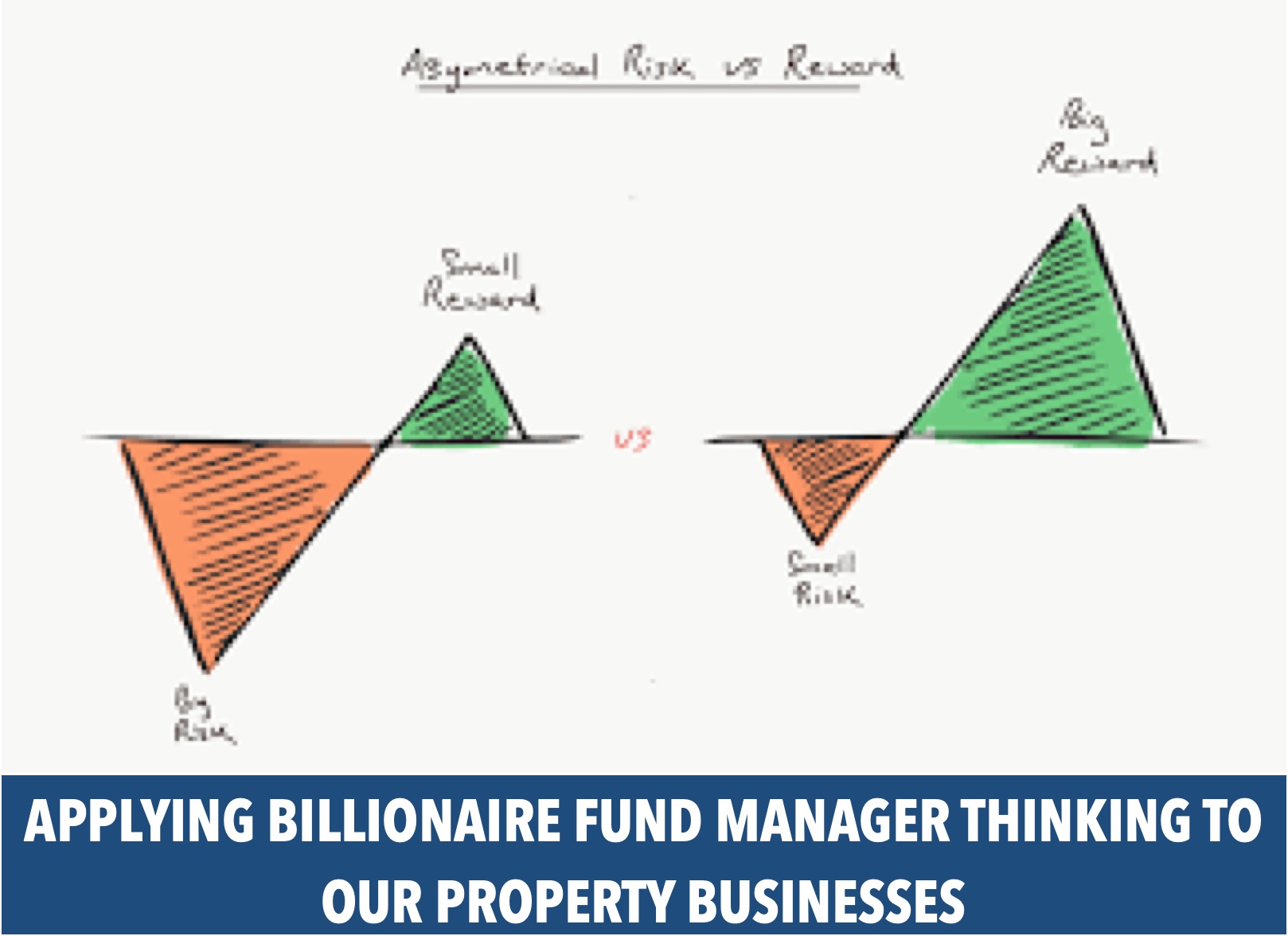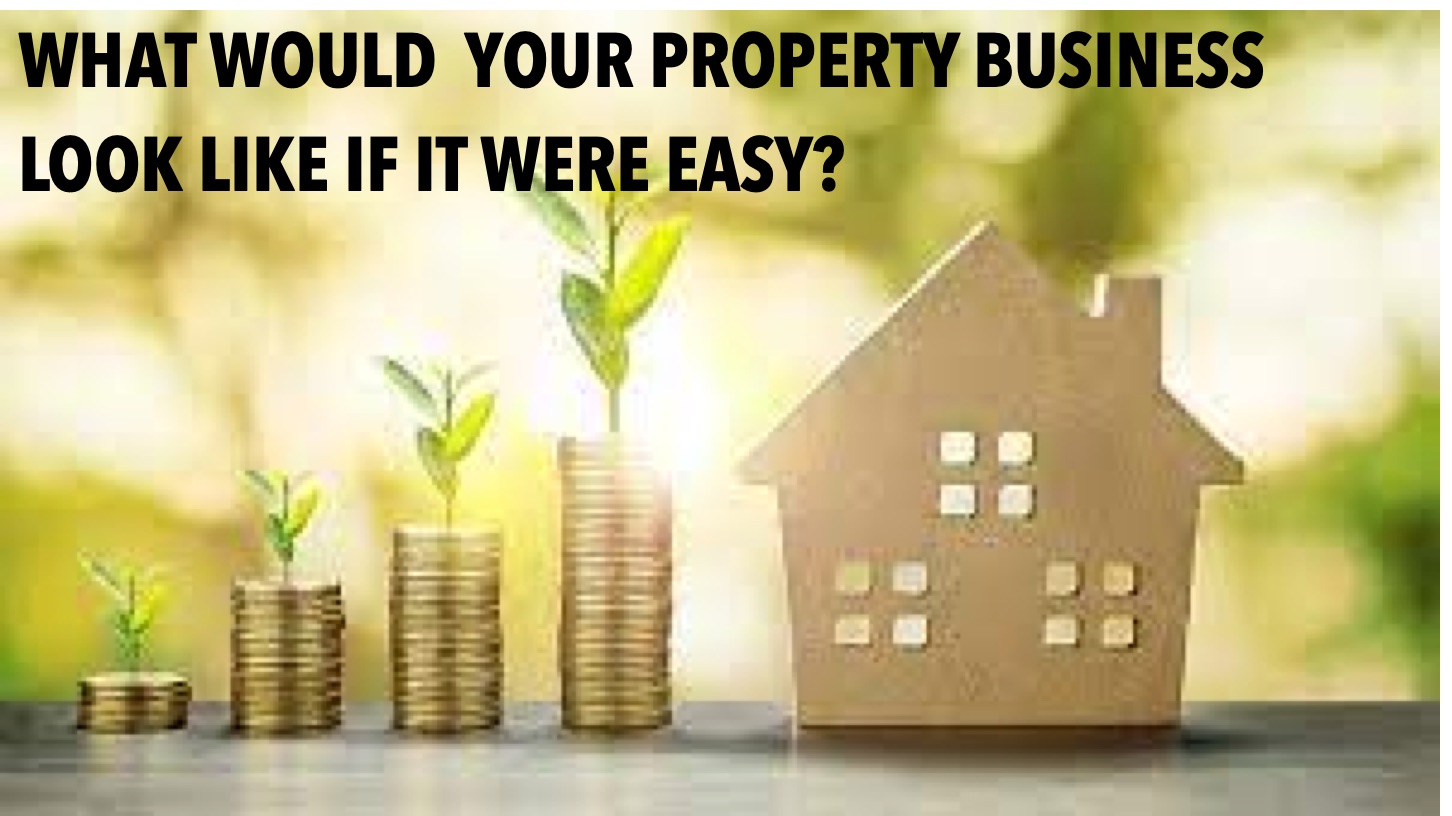In the week ahead we will hit the end of quarter two and the half year mark for 2022. Will you use this marker for strategic reflection and planning?
In this post I’ll share 6 POWERFUL STEPS TO REVIEW THE MID YEAR POINT IN 30 MINS OR LESS. Not only that, I’ve also included a guide for creating your implementation plan for Q3. [There’s a link further down to access an instant download of the guide, no email address required.]
At the beginning of the year Chris and I always set some Big Hairy Audacious Goals (BHAGs), both to grow ourselves and our property businesses. Our goals tie together our ambitions across our SA business, our resi and commercial assets, development projects and our training and mentoring. Reflecting on where we are, there has been a great deal of progress in our businesses and growth in ourselves. Whilst it can sometimes feel like taking a 6 month snapshot right now doesn’t equate to half of what we want to achieve in 2022, we recognise the importance of measuring the progress and gains. Measuring progress is such an important part of the property journey, and any endeavour for that matter. To borrow the words of big Tony Robbins, he said that “Progress equals happiness”, and I definitely believe in the psychology behind that.
That’s why every quarter end I invest 30-60 minutes to review the past 3 months, predominantly focusing on our property business but also reflecting across other key areas of life.
Whether you set big hairy audacious annual goals, half year goals or 90 day goals, this mid-way point in the year prompts a great opportunity to check in on where we stand with things.
This kind of exercise holds multiple rewards for you and is a goldmine of learning and ideas if you’ll just take the time to do it. Benefits include, taking time to acknowledge your incremental progress, course correcting, checking in on alignment to your highest values, identifying patterns or insights you can learn from….and so much more, you get the idea.
If you’re up for investing some high value time on yourself, here’s the full 6 step process I originally got from entrepreneur Peter Voogd several years ago and I continue to complete this every quarter.
For those serious about their growth, I’ve made this into a worksheet with a few prompts that you can download and complete – you’ll find that here.
As an added bonus I’ve also included a step by step guide for crafting your implementation plan for the next quarter. Taking the time to DECIDE your priorities and craft your implementation plan in this way will see you executing at the level of your best self.
You can quickly download the full pdf guide here, and no email address is required 😊
Section #1 – OVERVIEW
What went well, what didn’t?
When was I in my zone, when wasn’t I?
When was I at my emotional energy peak?
What caused me peace of mind?
What frustrated me? Did I do what I said I was going to do?
What systems have I put in place?
Section #2 – PSYCHOLOGICAL
What have been my biggest breakthroughs?
What have been my biggest frustrations?
What have been my mind-shifts?
What have been my biggest disappointments?
Section #3 – TACTICS
This section looks at what were my top 5 wins from last month/quarter; financial, family, adventure…?
Getting down to business metrics ask yourself:
Did I hit my property business income goal last month/quarter?
What were the top three marketing campaigns or sources of income last month/quarter?
What were my top income producing activities?
What are the biggest ways I’ll be producing income this next month/quarter?
How did I add value to the marketplace, could I have added more?
Did I leverage technology?
Did I maximise my reach?
What will exponentially grow my reach this next month/quarter? [you need to define this for the context of your property business ie for your SA market, or rent to buy market for example]
What did I do to stay adventurous and feel fully alive?
To help keep you from the nitty gritty march of each day it’s important to mix it with the things that energise you. It might be something small ie for me it’s getting in a game of tennis once a week, or maybe you had planned a mini break with your loved one. For those with freedom in their highest values this will be particularly important. Can you mix your passion and profession and link up travel to fun destinations with your work?
If you aren’t consciously making a decision to put things in your diary that will keep you alive and vibrant, you will become complacent and procrastinate on the big work needed for your goal.
Section #4 – RELATIONSHIPS
I love this one:
Who did I connect with and reach out to last month/quarter?
Did I take care of my current relationships and did I reach out to people who can cut my learning curve in half- i.e. people who I can partner with in some way that’s relevant to your business?
Did I leverage partnerships?
Section #5 – TEAM
Think about questions that will help with your team review:
How was my team engagement?
How was my speed of communication?
What feedback can I give them?
What do they need in terms of skill development?
Section #6 – LEGACY
What did I work on that was legacy focused? In other words something that you work on now but won’t get paid until long into the future, or something that you don’t reap the benefits for until way later, ie it can be creating things that you value but that you get paid 6 months or more down the road for. Note that if you just do this kind of work for the rewards/benefits you will lose steam, it’s important to engage in legacy work for other reasons, for something bigger than you.
And there you have it. With the gold mined from your previous 90 days you are primed to set yourself up for success by planning out Q3. You can do that quickly by completing the step by step guide that you’ll find here:
Now it’s all about taking action consistently each week, measuring the progress and feeling good about showing up to put the effort in
I’d love to know if you complete this exercise, tag me with a post on Facebook and you will massively increase the likelihood of following through 😁.

